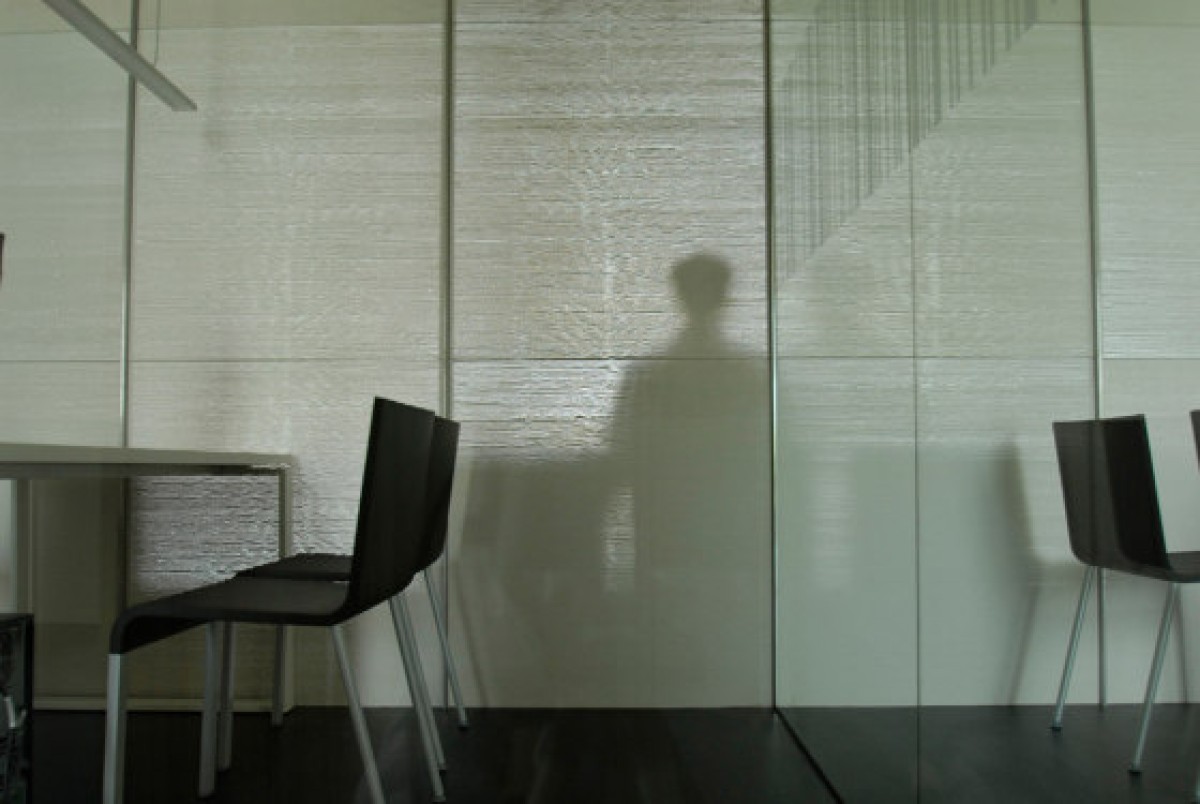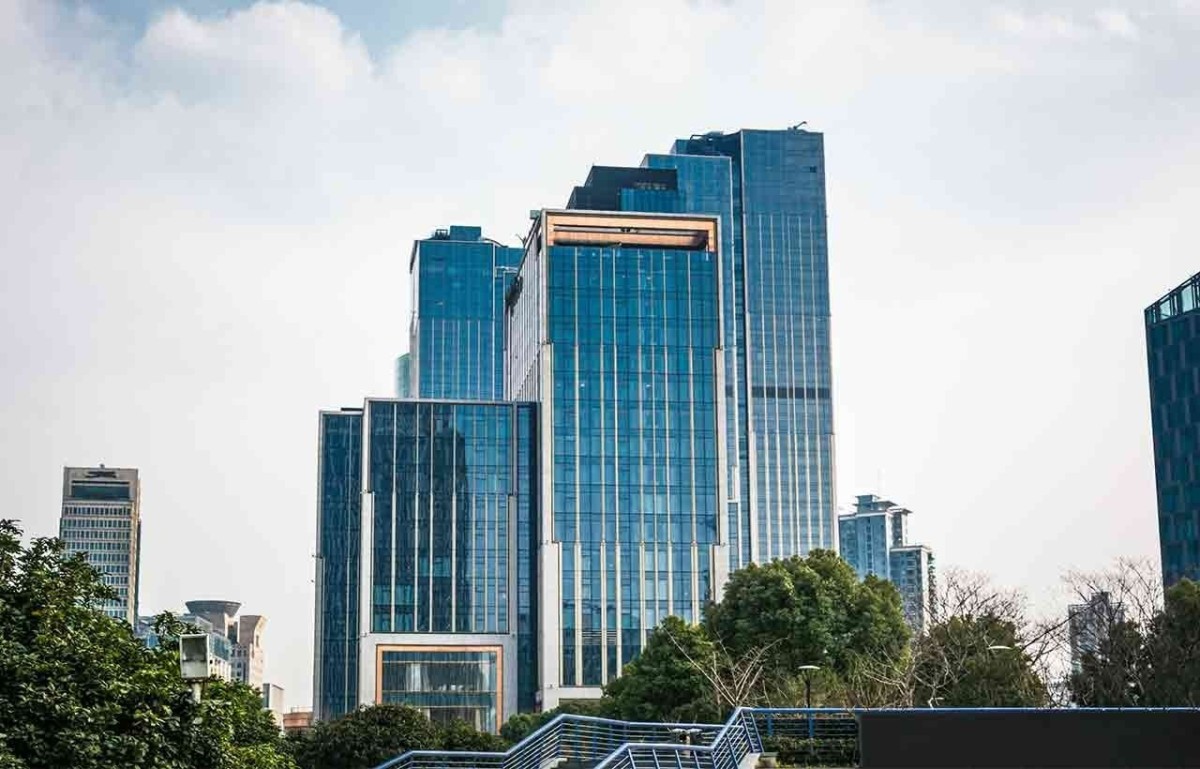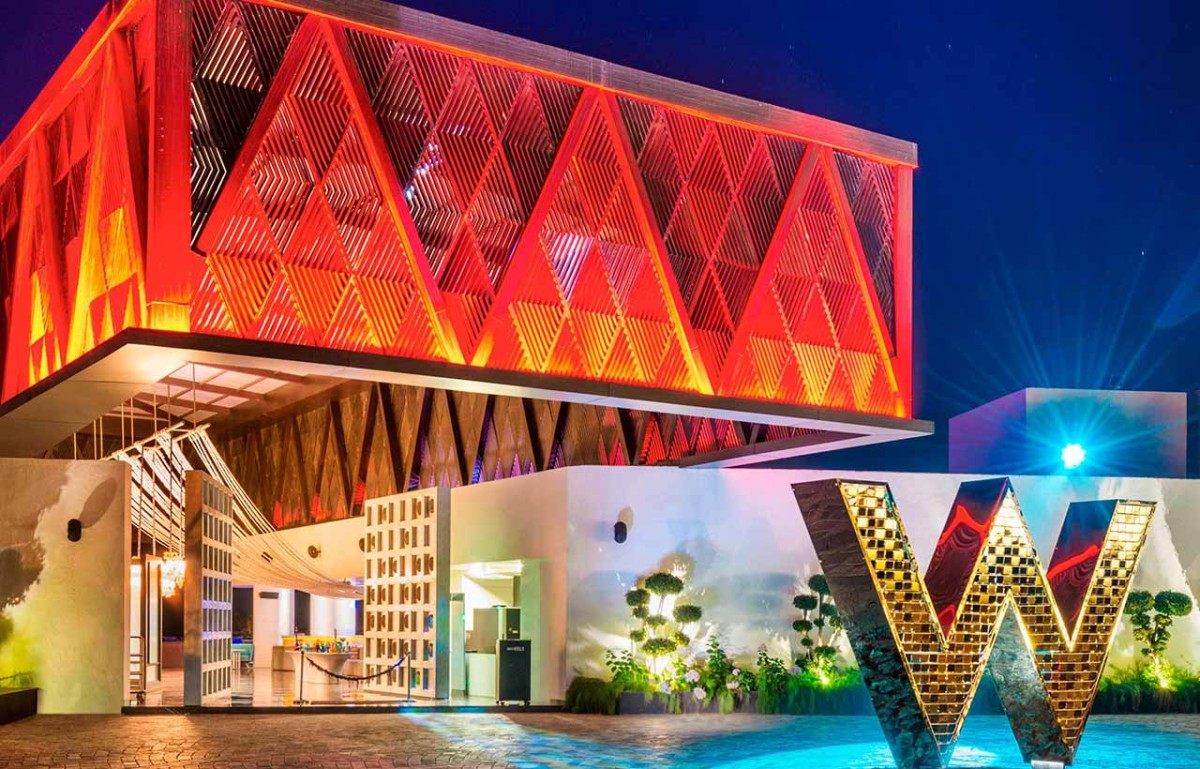What Is Green Cement and How It’s Transforming Modern Development
- October 3, 2025
- By: Sanyukta Baijal
- PRODUCTS AND MATERIALS

Air quality, pollution and carbon footprint are the new buzz words all over the world. As much as there are many factors to it, construction and real-estate sector have its part to play. According to globalefficiencyintel.com cement industry is one of the biggest reasons for carbon footprint as it produces 8% carbon dioxide globally.
Meanwhile, as per a recent study of 2025 published in journal Elsevier, the entire construction industry accounts for almost 36 % of global carbon emissions. What's even more surprising is that the building materials in their production stage alone generate 64.5% of the total carbon emission in the entire construction process of a building.
In the face of such alarming pollution and climate distress, the world urgently needs a breakthrough, and green cement could be that bold, game-changing step toward a cleaner, greener future.
What is Green Cement?
As the name suggests, green cement is a eco-conscious form of cement which leaves behind lesser carbon footprint. Unlike the regular cement, this one is made with using the industrial by-products and alternative materials such as fly ash, slag, silica fume, and recycled aggregates. These elements not just reduce the carbon emission but also increase the durability of the cement and are crack resistant.
Made with sustainable materials, green cement even helps in conserving energy and is cost effective too. Moreover, it can bring a potential green revolution in the construction business.
What are the Advantages of Green Cement?
Lower material cost: Green cement often incorporates industrial by-products which are comparatively cheaper than traditional clinker (a dark grey, pebble-sized material that makes up the cement). This reduces the entire expenses of raw materials making construction more approachable and pocket-friendly without compromising on the quality.
Better strength: Green cement has better strength and durability as compared to the traditional cement. This is due to the inclusion of other raw materials which increase the resistance capacity to cracks, water leakage and chemical attack. This increases the lifespan of the structures without much maintenance.
Lower Carbon emissions: Producing the regular cement can exude large amounts of carbon dioxide. This happens because of the high-temperature calcination of limestone which is a process where limestone (calcium carbonate) is heated to very high temperatures so it breaks down into lime (calcium oxide) and carbon dioxide. In plain terms, it’s baking limestone in a kiln, which produces cement but also releases a lot of CO2. However, since green cement replaces a large part of clinker with sustainable materials, it significantly reduces carbon emissions by almost 99%! Which is naturally way more eco-freindly that your regular cement.
Lower carbon emission of finished product: This emphasises that green cement not just reduces the carbon footprint while generating the cement but the entire lifecycle of the concrete is climate friendly. Basically, the total carbon emission includes transportation, processing, and the entire lifecycle. But if one uses green cement, the embodied carbon of the finished concrete product is majorly reduced, contributing to more sustainable and low-impact construction projects.
Also read: All You Need to Know About Self-Healing Concrete
Also read: 10 Eco-friendly Construction Materials
Also read: Why Green Building & Sustainable Construction Matter








